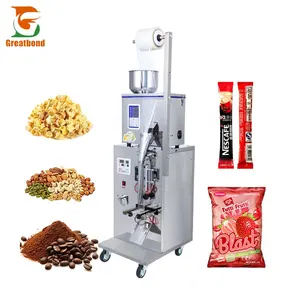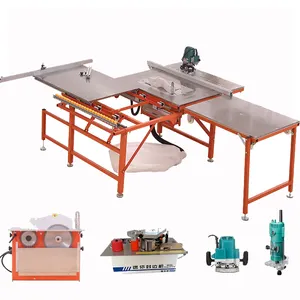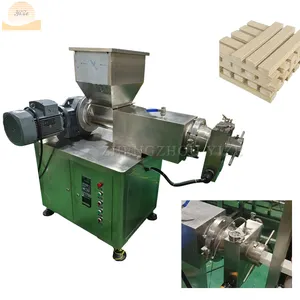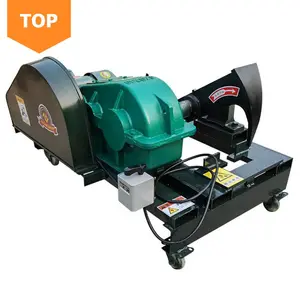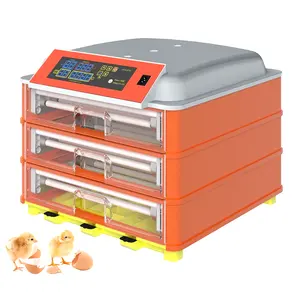Популярное в вашей отрасли



































































Связанные запросы:











































































































































Самые популярные категории
О сладкая кукуруза шеллер для продажи
Независимо от ваших потребностей в печати, вы найдете идеальный вариант. сладкая кукуруза шеллер для продажи на Alibaba.com, чтобы дать вам максимальную отдачу. Идеально,. сладкая кукуруза шеллер для продажи должен быть совместим с остальным оборудованием для наилучшего результата. Верное. сладкая кукуруза шеллер для продажи может спасти ваши процессы печати, будь то в вашем бизнесе или в офисе.
Эти. сладкая кукуруза шеллер для продажи собраны с использованием превосходных материалов и последних инноваций, чтобы обеспечить максимальную эффективность. Они долговечны, чтобы поддерживать работу ваших принтеров в течение длительного времени. Эти. сладкая кукуруза шеллер для продажи доступны в большом количестве, которое удовлетворяет потребности и требования всех пользователей. Для поддержания высочайшего уровня качества они продаются ведущими сертифицированными поставщиками. сладкая кукуруза шеллер для продажи поставщиков и дистрибьюторов, которые следуют строго контролируемым программам обеспечения качества.
The. сладкая кукуруза шеллер для продажи просты в установке и обслуживании. Продавцы на Alibaba.com всегда готовы указать вам правильный путь для их установки и оптимального использования. Тем не менее, расширение. сладкая кукуруза шеллер для продажи поставляются со стандартными руководствами и рекомендациями, которые помогут вам в совершенстве. Воспользуйтесь этим преимуществом и забудьте обо всех видах прерываний, возникающих при печати. Этому способствует высокая устойчивость к экстремальным температурам и другим факторам, встречающимся в процессе печати. сладкая кукуруза шеллер для продажи идеально подходит для повышения производительности.
Перейдите на Alibaba.com и изучите широкий круг вопросов. сладкая кукуруза шеллер для продажи диапазоны. В зависимости от ваших потребностей в печати и технических характеристик вы можете легко выбрать ту, которая идеально соответствует вашим требованиям. сладкая кукуруза шеллер для продажи поставщики и продавцы также могут искать наиболее подходящие варианты и получать выгодные предложения, позволяющие сэкономить деньги и время.
